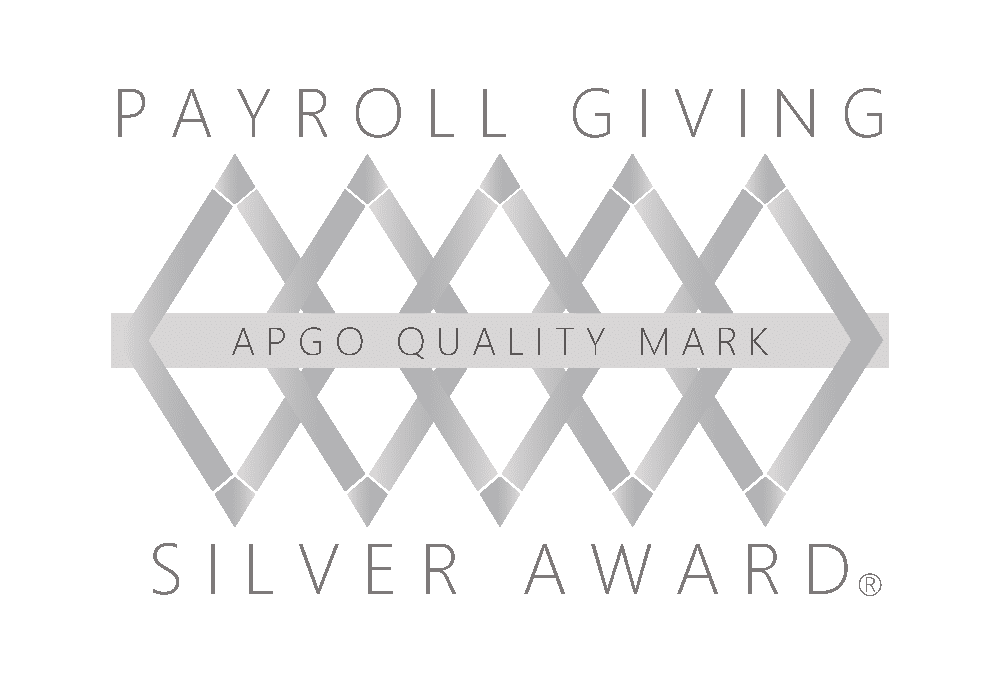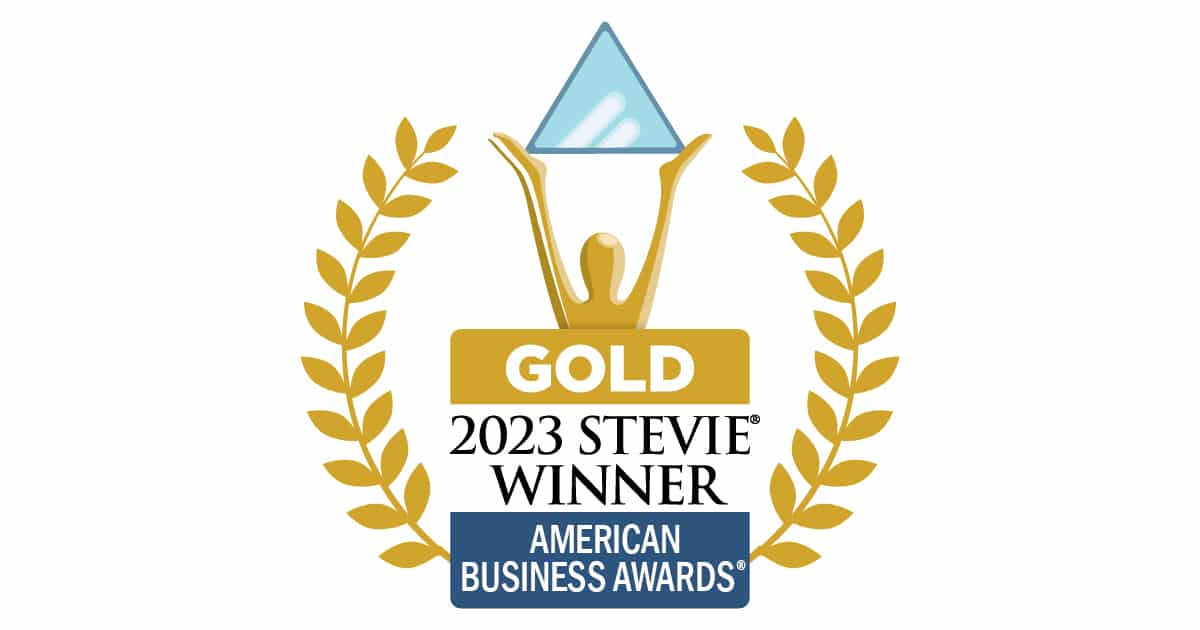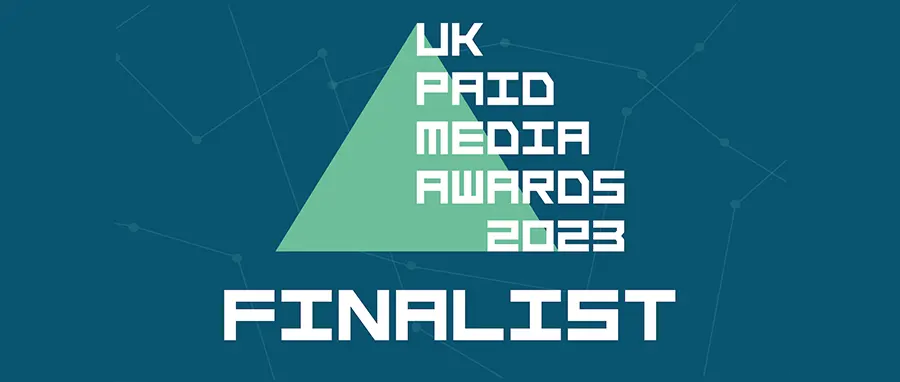Dubbed “France’s new unicorn”, companies like Swile have been tapping into the meal voucher market and finding success. Just four years after its launch back in 2016, Swile captured 13% of the French market and has continued to grow, now raising $200 million, which is impressive when you consider how difficult entering the French market can be with current economic challenges.
Unicorn status is no easy feat either. Unicorns are a select group of private tech companies that have achieved a valuation of $1 billion or more. There are over 1,200 unicorn companies in the world and these startups are highly sought after by venture capitalists and angel investors, as their growth potential is immense.
While not every business can obtain unicorn status in the same way, there are some common factors that predict success..
Market Analysis
Your product should be at the forefront of your mind when deciding how to increase your market share, as it may not be appropriate for the region or demographic you are targeting. In France, it is common practice for companies to provide their staff with employee benefits like meal vouchers. This means there is a pre-existing market in France to target, however, this isn’t the case in a lot of other countries so when expanding into new territories – messaging will need to change as the target demographic may not have sufficient context to completely understand the offering.
By conducting a quantitative analysis of your market through assessments and research, pitfalls in GTM strategy and wasted spend can be overcome. Companies that frequently conduct market research are significantly more likely to report an increase in revenue over the last 12 months.
Acquisitions
Increasing market share through acquisitions is a popular strategy in a variety of industries and the employee benefits industry is no different. While this approach comes with its own challenges, acquisitions allow companies to quickly expand their reach and gain access to new markets, customers, and resources.
The first step to increasing market share through acquisitions is to identify targets for acquisition. Companies should consider their competitors, as well as companies in related industries that could complement their current offerings.
In 2022 Latin America bounced back from the effects of the pandemic and its economy grew by nearly 4%. Swile bought Brazilian meal voucher company Vee Beneficios in February 2021 having found a company with great potential in a new territory and has been reaping the rewards of this growing economy.
International potential can also be something to consider in regard to market share as the greater the number of potential international customers, the greater your chances of expanding overseas. Brazil also has a vibrant meal voucher market similar to that in France, as this kind of employee benefit is considered a common incentive for staff.
But, with a potentially challenging socio-economic future and economic growth likely to slow to just 2% in 2023, could that change? How else could a company tap into customer potential in a place like Latin America?
Inbound Marketing & Demand
Inbound marketing, like lead generation, can help a company increase market share by attracting potential customers through relevant and valuable content and offers. By providing educational resources, whitepapers, or other forms of content, a company can build trust and establish itself as a thought leader in its industry while educating prospects.
Done effectively, this results in an increase in high intent website traffic and a larger pool of qualified leads that can be nurtured into customers. Inbound marketing helps companies differentiate themselves from competitors and provide a better customer experience, ultimately leading to increased market share – but it is a longer term strategy that takes considerable time and effort to implement.
Outbound Sales
The most common path to growth for companies is outbound sales with sales teams growing in size as a company scales. While this is key for early growth, outbound sales often hits a cost-efficiency barrier, especially in high-growth companies and this usually is due to a lack of quality leads and inefficient internal processes.
According to the state of sales, a research study by Salesforce, 72% of sales professionals don’t expect to hit their annual sales targets. As sales teams grow, individuals in those teams spend less time selling, with an average of 28% of their time spent on this crucial activity. Time spent prospecting and qualifying leads increases dramatically and 40% of salespeople say this is the most difficult part of sales. When high-growth companies meet these challenges – the solution is a straightforward one – better lead generation to meet the appetite of their sales teams.
Scalable Lead Generation
91% of marketers say that their most important goal is lead generation. Once you have identified a new market to expand into, have honed your inbound strategy, messaging and paid media and have a sales team that can handle massive volume – this becomes the number one lever for growth for many companies.
Effective lead generation isn’t simply about paid media spend and volume however, it’s about lead quality, and generating high quality leads for sales teams is the biggest challenge for marketers.
Understanding where and how your target audience consumes information and positioning your business as a viable and trusted solution in the right place in a buyer’s journey is just as important as the messaging you put in front of your target audience. Having a channel mix that includes trusted brand placements and recommendations results in a much higher quality of lead, with affiliate channels ranking highest for lead quality.
Creating a network of brands and running effective campaigns that can generate sufficient volume can be a challenge for any organisation, especially considering the time it takes to develop independent brands or market-specific funnels in different regions.
Working with a lead generation company to supply your sales team with a reliable pipeline can bypass most of these difficulties. You not only help your sales team but you are also more likely to increase your market share in the shortest possible time.
For instance, companies like MVF already have an established network of owned brands and allow employee benefits businesses to plug into an enormous marketing infrastructure that can generate a massive quantity of high quality leads globally. To see what kind of lead volume you can expect – simply make a request here.
Customer Loyalty
Existing customers are a largely untapped revenue source for many businesses. By taking the time to grow relationships with existing customers and offering exclusive deals and discounts, companies can tap into a new revenue stream without having to invest in acquiring new customers while improving retention.
“Acquiring a new customer is anywhere from 5 to 25 times more expensive than retaining an existing one” – Amy Gallow, Harvard Business Review. It is also worth noting that increasing customer retention by as little as 5% increases profits anywhere from 25% to 95%.
As the cost of customer acquisition rises, companies should be investing more time and effort into their current customers. This can be done through providing additional value, offering loyalty programs, personalising customer experiences and providing discounts and rewards. Doing so will ensure that customers remain engaged throughout their lifecycle.
Conclusion
Growing market share isn’t easy, but with the right strategies and partnerships, it can be done in a predictable and dependable way. If you would like to learn more about how MVF can help you increase your sales pipeline, tap into new markets and improve your sales processes, please feel free to request a short introductory call.





















